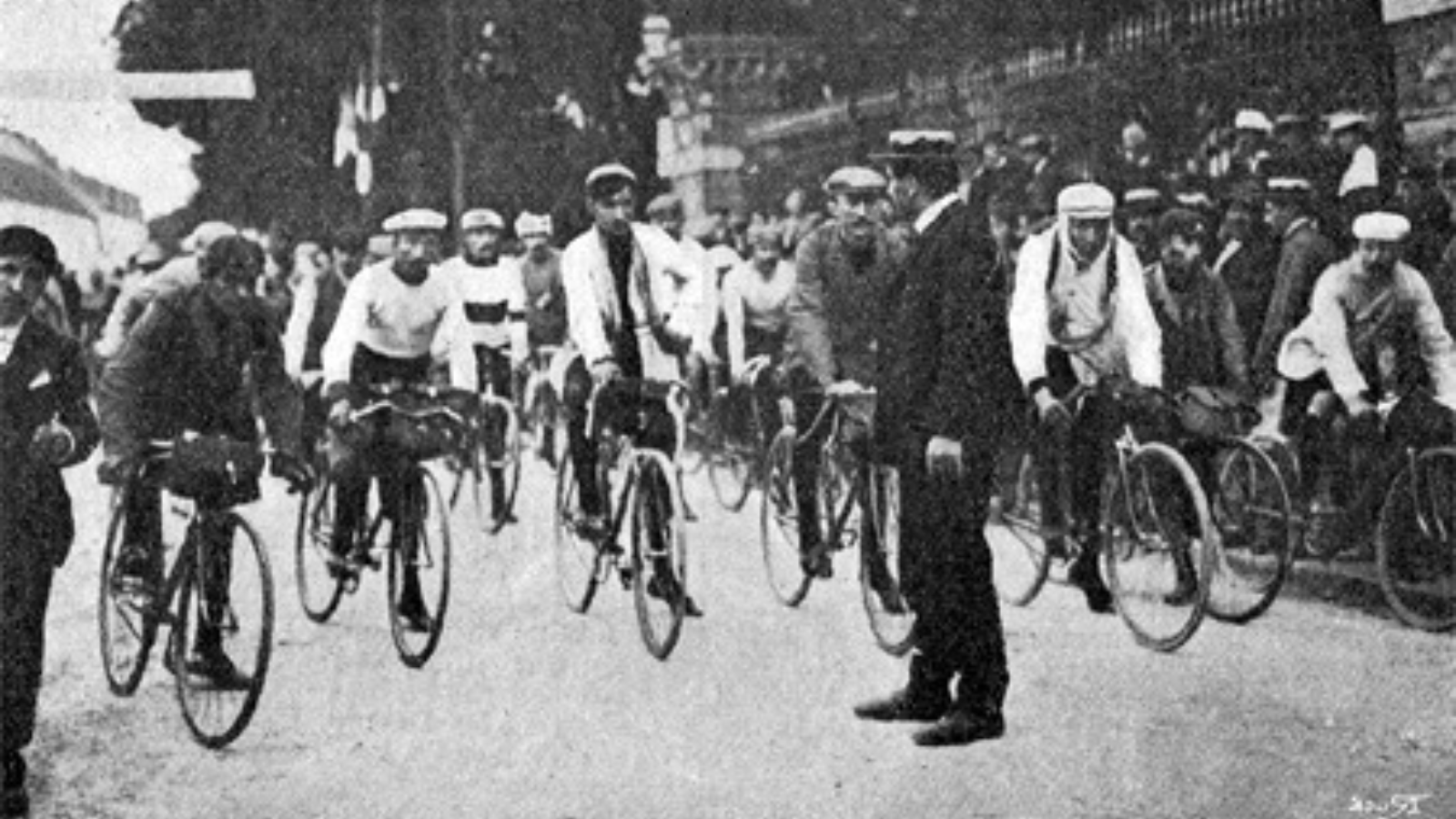Between 1905 and 1912 points decided who is the best rider of the peloton. The first cyclist to cross the finish line received 1 point. Other cyclists received one point more than the cyclist who passed the line directly before him, plus an additional point for every five minutes between them, with a maximum of ten points.
At the next edition, time gap became irrelevant, only the position decided, ho many points the riders get. However, after the 8th stage (from a total of 13 stages), when a significant number of the riders have already left the race, points were recalculated and redistributed among the remaining competitors. This practice continued in the subsequent years.
The last major change before the organizers decided to switch back the system was that the riders with same finish time split the points. On the 8th stage of Tour de France 1912 the first thirteen cyclists finished with the same time. The first seven to cross the line got the normal number of points, but the eighth to thirteenth cyclists all got 10.5 points.
Changing back to the time system had a simple reason: if the race would have been decided by time gaps in 1912, the French rider Eugéne Christophe would have won the race. On the other hand, it was also intended to increase combativity. In the points system riders did not care about time gaps, and less important escapee riders were ignored by the race favourite cyclists.
Fun fact: Giro d’Italia used a points system to calculate the general classification between 1909 and 1913 too.
MORE CYCLING FUN FACTS
[su_posts posts_per_page=”4″ tax_term=”425″ order=”desc” orderby=”rand”]
MORE STORIES AND OTHER INTERESTING STUFF FROM THE EARLY YEARS (1903-1914) OF TOUR DE FRANCE
[su_posts posts_per_page=”4″ tax_term=”380″ order=”desc” orderby=”rand”]
